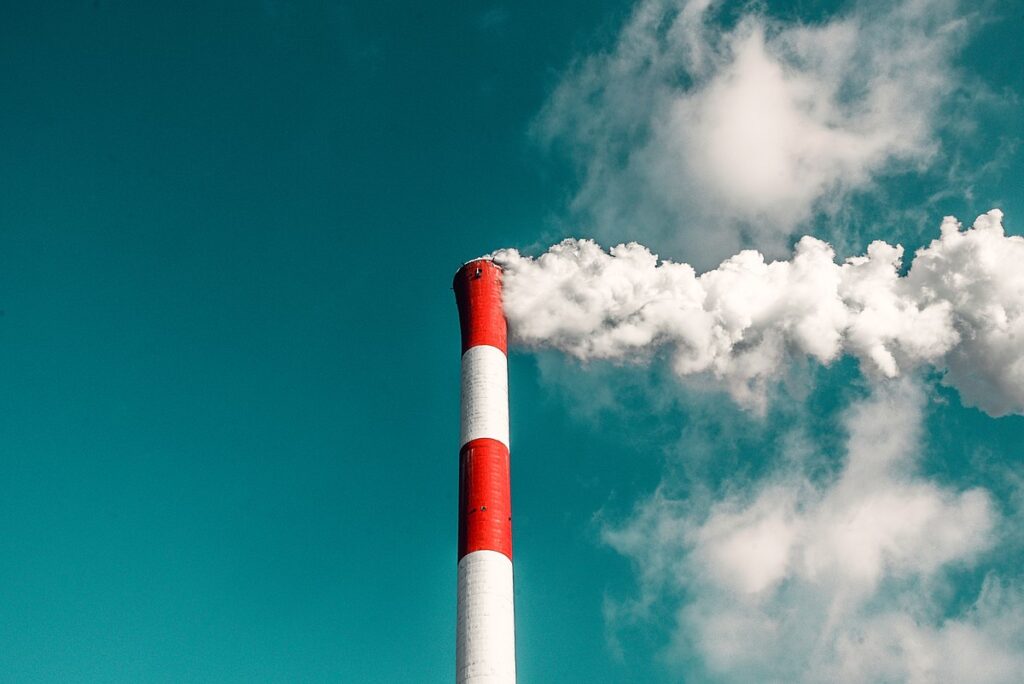The reduction in the use of coal and the drop in economic activity in 2020, due to the pandemic, led to one of the biggest changes in polluting emissions in Portugal, which fell 24% among the ten most polluting units, according to ZERO.
This Saturday, the information was put forward in a statement by ZERO – Sustainable Terrestrial System Association, based on the registration of emissions associated with the European Emission Licenses Trade, which allows the most polluting installations or companies in Portugal in 2020 to be classified in terms of emissions of carbon dioxide, the main greenhouse gas causing climate change.
According to the analysis carried out by ZERO, which only counted emissions from intra-European flights, TAP registered the biggest drop in emissions, dropped nine positions and left the "top 10" of the most polluting companies, followed by the Pego coal-fired power plant, which dropped eight places on the environmental association's list.
Both the national air carrier, with 76% less emissions, and the Pego Coal Thermal Power Plant, where there were 68% less carbon dioxide emissions, left the ranking of the 10 most polluting units in 2020.
"If we consider the total number of companies in the top ten places in 2020, there is a decrease of 24% of their emissions compared to the previous year, which is a direct consequence of the effect of the pandemic", stressed the association, in the statement today disclosed.
According to the environmental association, "several industrial units rise in the 'ranking`, but have lower emissions in 2020, compared to 2019".
After the closure of the Sines Thermal Power Plant, on January 15, the installation that "always occupied the first place until 2019, inclusive", emphasized Zero, the Sines refinery came to occupy the first place in the list of equipment that produce more carbon dioxide emissions.
The biggest rise from 2019 to last year was that of the Pego combined cycle Thermal Power Plant, powered by natural gas.
"Between 2019 and 2020, the ranking among the largest emitters underwent one of the biggest changes ever, for two reasons: the end of the use of coal in electricity production in 2021, with a very significant reduction in 2020, and the reduction in economic activity in 2020, associated with the impact of the pandemic”, said ZERO.
The association stressed that the 'top 10' is dominated by the refining sector, electricity production from the burning of natural gas, the production of electricity in Sines, using coal, and the cement sector.
“The ten largest units now have three cement plants (Cimpor – Alhandra, Cimpor – Souselas and Secil – Outão), which shows the relevance of this sector in terms of emissions”, warned the environmental association, in the same document.
ZERO predicts that “in the near future” it will be the natural gas combined cycle power plants, the Sines refinery, the cement sector “and eventually the petrochemical sector that will dominate the ranking of the largest business units emitting carbon dioxide”.
According to the association, the cost per ton of carbon dioxide reached an absolute maximum value of 06 euros on April 44,14th.



















Comments